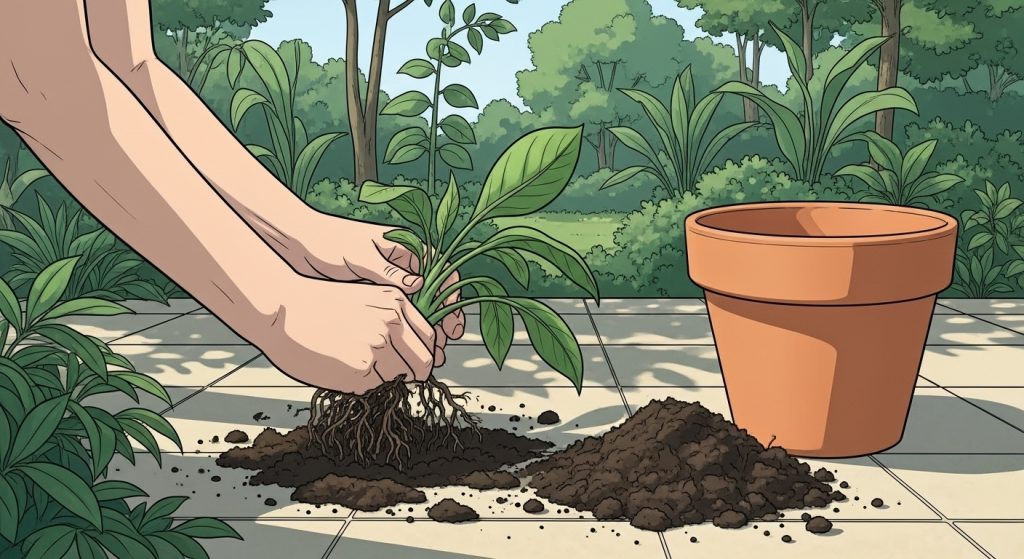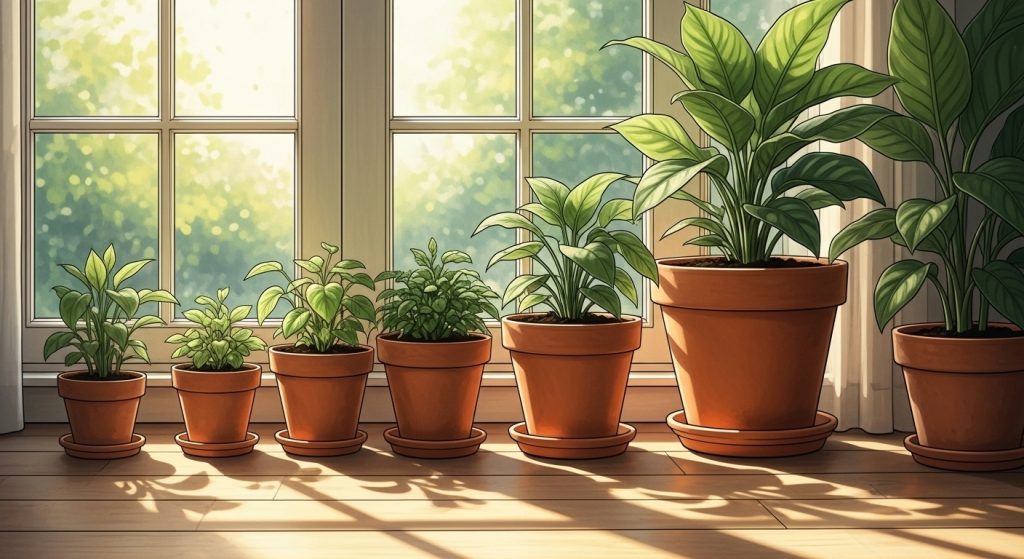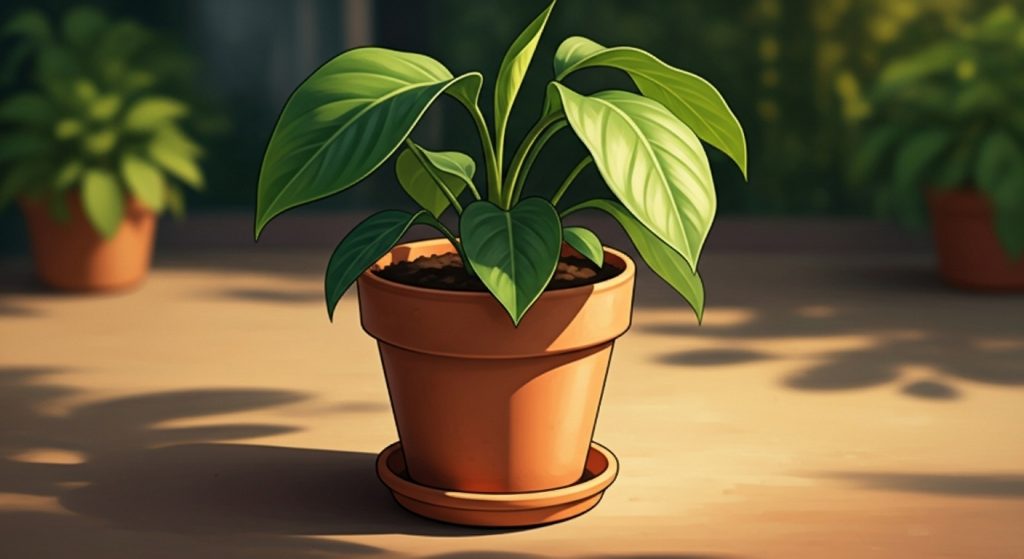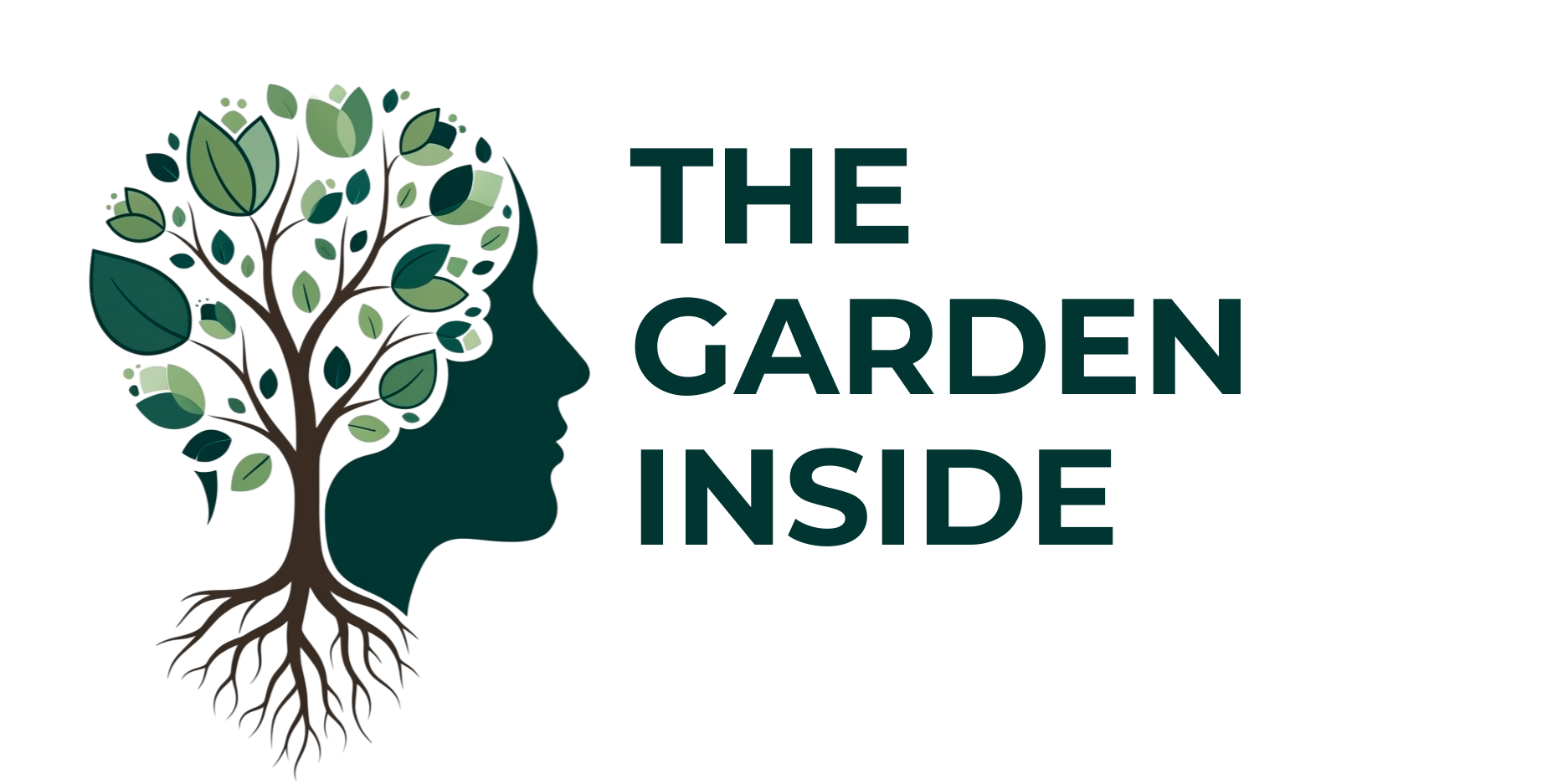
There’s a particular quality to Sunday afternoon light that makes everything honest. It streams through windows without apology, illuminating dust particles and highlighting the truth about our houseplants that we’ve been hiding and avoiding all week.
Today, that light is showing me something I’ve been pretending not to see: roots creeping through drainage holes, soil that dries out too quickly, leaves that have stopped reaching upward with their usual enthusiasm.
The plants aren’t dying. They’re just… stuck. Holding their breath in containers that once fit perfectly but now squeeze too tight.
The Signs We’re Ready for More Space
Our inner gardener knows these signs intimately, even when we try to ignore them in ourselves.
That restlessness that has no name. The way familiar routines feel like shoes we’ve outgrown. How achievements that once thrilled us now feel weirdly hollow. These aren’t signs of failure or ingratitude.
They’re just roots searching for new soil.

I’ve noticed how we often mistake this discomfort for something being wrong with us. But what if it’s actually something being right? What if that uncomfortable feeling is just our growth pressing against boundaries that no longer serve us?
Just like a plant doesn’t apologize for outgrowing its pot, maybe we don’t need to apologize for outgrowing our current containers either.
The Courage to Disturb the Roots
Here’s what nobody tells you about repotting: it looks like destruction before it looks like growth.
You have to tip everything out. Shake loose the old soil. Untangle roots that have been circling the same patterns for months, maybe years. We maybe even break a few while taking it out. The plant looks vulnerable, exposed, and smaller somehow without its familiar container.
This is the moment our inner gardener often hesitates.

We do the same dance with our own growth. We feel the squeeze of our current situation, but the thought of disturbing everything feels too risky. What if we damage something essential? What if the new container is too big? What if we can’t fill it? These thoughts start to fill our minds.
But here’s what I’ve learned from countless Sunday afternoons with soil under my fingernails: plants are more resilient than we think. And so are we.
The Art of Choosing Your Next Container
Not every plant needs a mansion. Sometimes just an inch or two more space is all that’s required for the next phase of growth.
The wisdom is in the choosing. Too small, and we’re back where we started in a few months. Too large, and the plant spends all its energy trying to fill the space instead of blooming.
Our inner gardener faces the same decision. What size life are we ready for next?

Maybe it’s not about leaving everything behind for a complete life overhaul. Maybe it’s about identifying which specific area needs more room. Your creative practice might be suffocating in its current two-hour-a-month pot. Your relationships might be root-bound by old patterns. Your work might need just a bit more space to stretch into something meaningful.
Try and find the pot that fits our plant like a mother holds her baby, tight enough to hold them safely but not also loose enough to give them room to wiggle.
The First Week in New Soil
After repotting, plants often go through what looks like shock. Leaves might droop a little. Growth seems to pause. It’s tempting to think we’ve made a mistake.
But underneath, invisible to our anxious and worried eyes, something profound is happening. Roots are exploring new territory. Testing the boundaries. Establishing themselves in this newly expanded world.
We experience the same pause after making space for growth. That new job feels overwhelming. The bigger apartment echoes with unfamiliar sounds. The new relationship dynamics feel uncertain.
This isn’t regression. It’s recalibration.
What Blooms in Bigger Spaces
Give it a few weeks in the new space, though, and watch what happens.
New leaves appear where you didn’t expect them. The whole plant stands taller, reaches wider. Colors become more vibrant. What seemed like barely surviving transforms into something that is obviously thriving.

Our inner gardens work the same way. When we finally give ourselves permission to expand, when we stop apologizing for needing more space, something shifts. Ideas that were cramped finally have room to unfold. Relationships deepen because there’s space for everyone to grow. Work becomes less about surviving and more about contributing.
Your Next Small Transplant
This afternoon, I invite you to notice where you might be root-bound.
Walk through your life like you’d walk through a greenhouse, checking each area with gentle curiosity. Where do you feel that familiar tightness? Where have you stopped growing not because you’ve reached your potential, but because you’ve reached the edge of your current container?
Pick just one area. Just one pot that needs changing.
And remember: repotting isn’t about abandoning what brought you this far. It’s about honoring your growth enough to give it the space it deserves.
The afternoon light will be honest with you if you let it. And your inner gardener already knows exactly which pot you’ve outgrown.
What container are you ready to grow beyond? I’d love to hear about the spaces you’re creating for your next season of growth.
Be first to get notified when new seeds arrive in the garden! As a fellow gardener, you can get the latest updates straight to your inbox and join the community of gardeners all working on our garden inside. I am not interested in spam, only growth.

